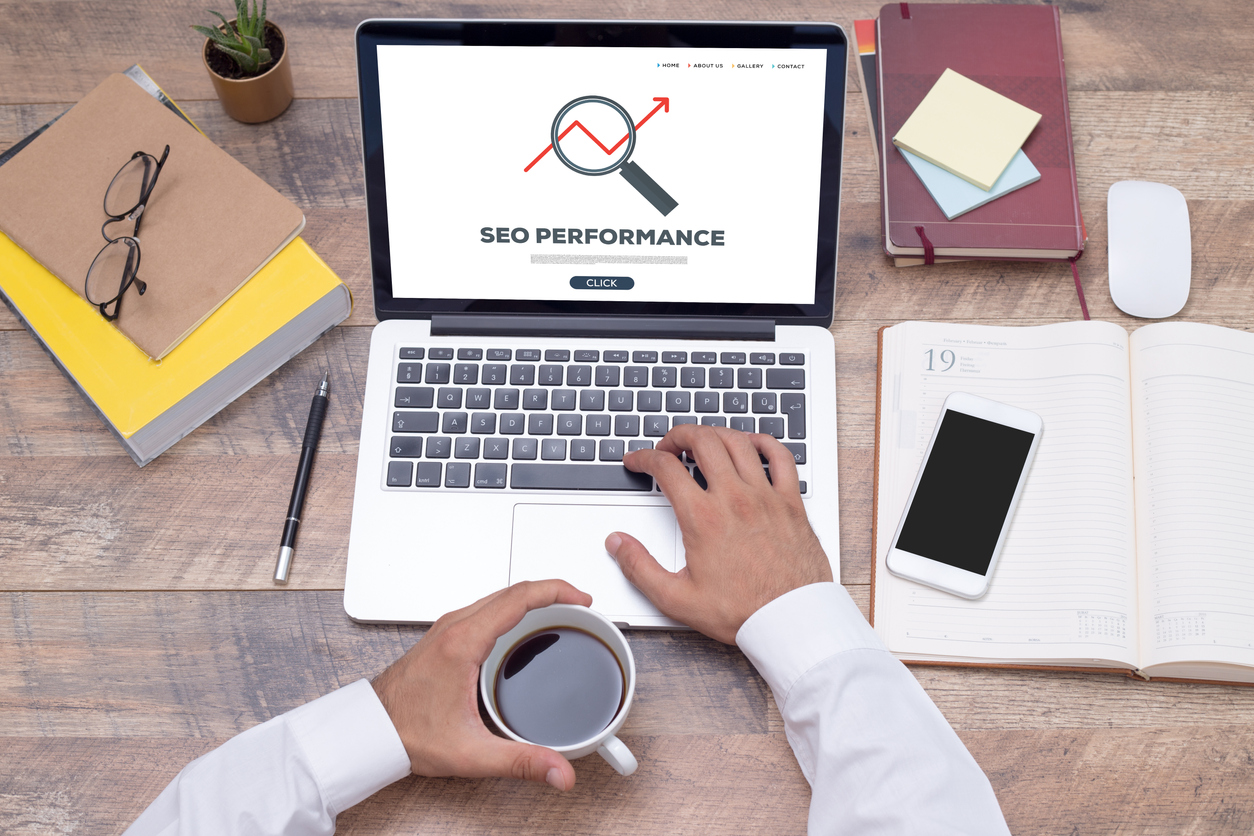
The number of advertisers on Facebook doubled in 2018, with cost per click metrics increasing by over 92%.
Unless your eCommerce store doubled its AOV (average order value) or cut ad spending in half, you’re now seeing less profit and more competition than ever in leading networks like Facebook, Google, and Amazon.
If you’re like me, new customers come from a variety of channels:
- Advertising (which can be increasingly expensive)
- Word of mouth referrals (which are free, but not scalable)
- Organic traffic (Cross your fingers!)
Let’s talk a bit more about #3 to understand SEO vs SEM (paid advertising) ad see if you can benefit from reallocating some of your advertising budget.
Not All Visitors Are Created Equal
Inside your Google Analytics, it’s easy to measure the profitability of each of your traffic sources.
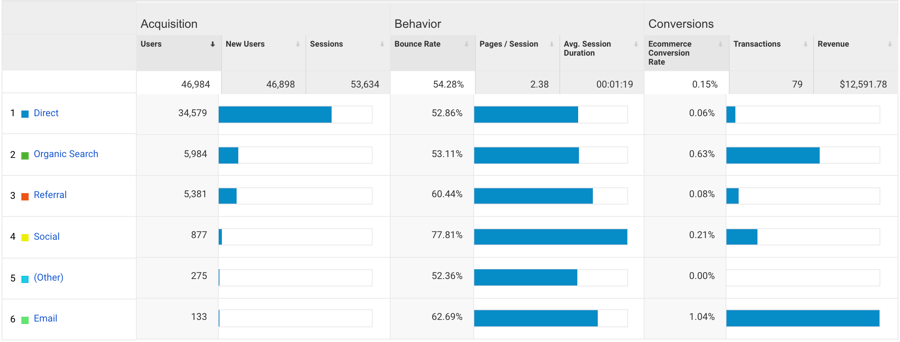
Here’s a screenshot I of a client that sells expensive wine online. You can see that just 79 transactions resulted in $12,591 sales, or an average order value of $159.
By a long shot, their most engaged traffic source is Organic Search. This traffic finds the store through various blog posts and quizzes about wine tasting, terminology, and even tricks like “4 ways to open a bottle of wine.”
If we assume that it takes, on average, 6 hours to produce a high quality blog post, this costs around $189 of internal resources given a $50k annual salary ($4,166 per month translates to a $189 per workday rate).
Adjust those numbers to fit your business and the fees of your content marketers, and you’ll have a base investment for content that drives up to 10x more conversions than “cold” ad traffic. Next, I’ll describe how.
Advertising Is Not as Scalable as It Looks
If you’re like a lot of brands advertising on Facebook, you’re always monitoring the “frequency” attribute in your campaigns, which is the estimated number of times a given target audience member has seen your ad.
In fact, an analysis from ad-tech leader AdEspresso emphasized just how important it is to maintain ad “freshness” as CTR (click through rate) can decrease as much as 49% if they get stale.
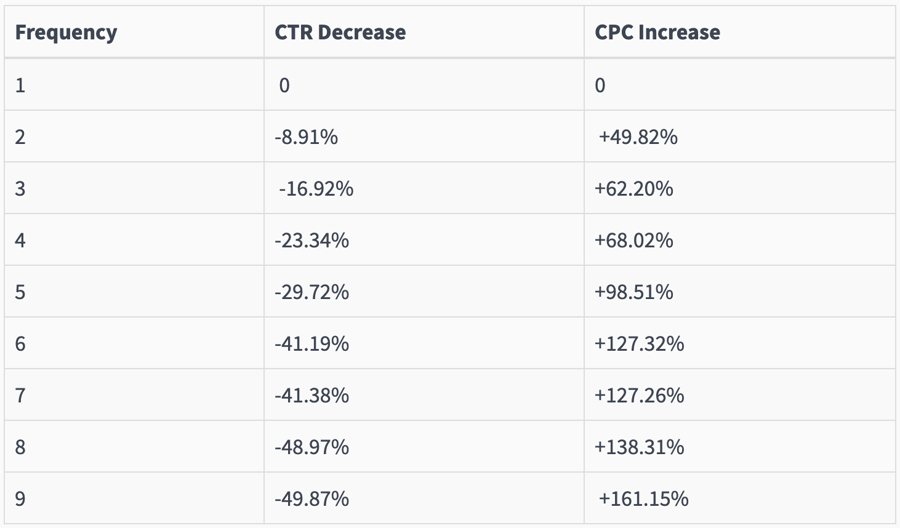
For many of us, this means updating our campaigns every few weeks, from the copywriting and audience targeting to even design and landing pages, to maintain a target click through rate.
Now, consider the advertising agency or freelancer that’s helping you run everything. You have to manage them too, by providing ongoing direction to keep your ads in sync with your brand voice. If you’re a data driven marketer like I am, you could spend a few hours per month just reviewing analytics reports to ensure new campaigns are profitable and tracking properly.
If we assume that it takes, on average, 4 hours to build an ad campaign, and we launch 1 to 2 per month, the base cost of an advertising campaign is about the same as writing a single blog post. Except, we still have to pay for traffic.
Why Ads Are Alluring to Marketers
In theory, all it should take to build a successful business is to create a product that solves a problem, then leverage advertising to share that product with people who need it. In reality, it’s difficult to build great products, and even more challenging to identify exactly who is willing to pay for it.
Facebook, Google, and others make most of their profit from entrepreneurs figuring out who our target audience is, vs actually scaling our company.
Andrew Chen, a venture capitalist and former growth lead at Uber, describes this paradox well in a Twitter thread.
As companies grow, advertising becomes increasingly expensive from a CPA perspective, and harder to attribute. Once “more” and then “most” of your target audience has seen your ads and been exposed to your brand, you need something else to compel them to try your products instead of a repeat ad experience.
This is where SEO and content marketing shine. As your ads are seen by more people, their efficacy decreases. But, as your content is seen by more people, the impact and audience size increases.
Make Free Content That Performs Like Paid Ads
For all the negatives of paid acquisition, they do guarantee one thing: people who click on direct response advertisements are open to purchasing a solution.
Most SEO-driven content, on the other hand, is read from a “research” perspective and the context is less sales-enabled.
Neil Patel, co-founder of Neil Patel Digital, breaks down the content marketing funnel as follows:
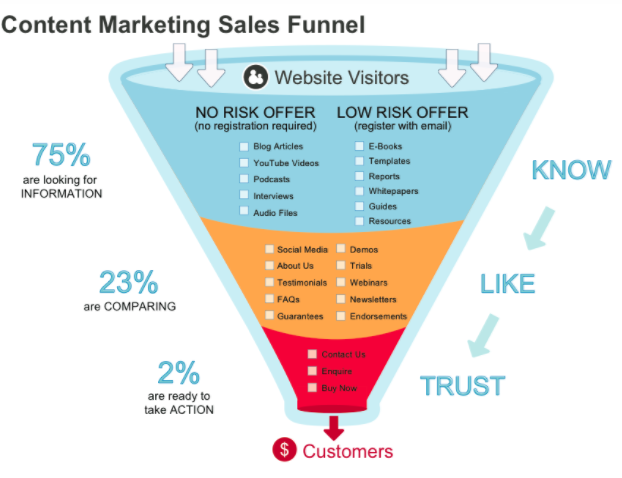
Notice that only 2% of your organic search visitors are landing on purchase-intent pages. This means that traffic alone is not a good indicator of success in SEO marketing strategies, so you should adjust your target keywords to match this reality.
Marketing agency Grow and Convert calls this strategy “Pain Point SEO” and essentially says that traffic and conversions have zero correlation.
Often, the visitors to your website with the most niche, long-tail, and specific requests for information are the most likely to convert if you can show them what they’re looking for.
For example, suppose you sell iPhone case covers. You could try ranking for “cheap iPhone case covers” but then you’re competing with all the low-quality products out there, and unlikely to be the cheapest.
On the other hand, what if you wrote content targeting the “most expensive iPhone case” keyword and then inserted your product as an affordable alternative?
Ads Diminish, Organic Compounds
Suppose you could put an ad in front of every one of your target audience members. It’s optimized, inexpensive, and clicks through to a high converting destination.
Still, not everyone would click. But, let’s say everyone did click. Not everyone would buy. But, let’s say everyone purchased. Not everyone would be happy, or write a positive review.
Why?
At Fomo, we think it’s because of trust.
Exposure and education isn’t enough to grow your business. You also need to earn the trust of your target audience. So, if your target audience’s only exposure to your products is via paid acquisition -- not referrals from friends, colleagues, or organic discovery -- there is a large cohort of folks you will never convert.
The truth is: ads do not build trust; ads only capitalize on it.
Now, let’s reconsider content. Earlier, I mentioned that more ads = less efficacy and more content = bigger audience. How?
It’s because consumer demand changes every day, and your product likely doesn’t. So, while your ads describe the features of your product for its intended use case, organic content can brainstorm new use cases. The following are two examples:
LaCroix, everyone’s new favorite carbonated water, was actually founded in 1981. It wasn’t until influencers started posting about LaCroix’s “soda alternative” benefits and the unspoken side effect of curbing appetites that it caught on in large, health-conscious cities like New York and San Francisco.
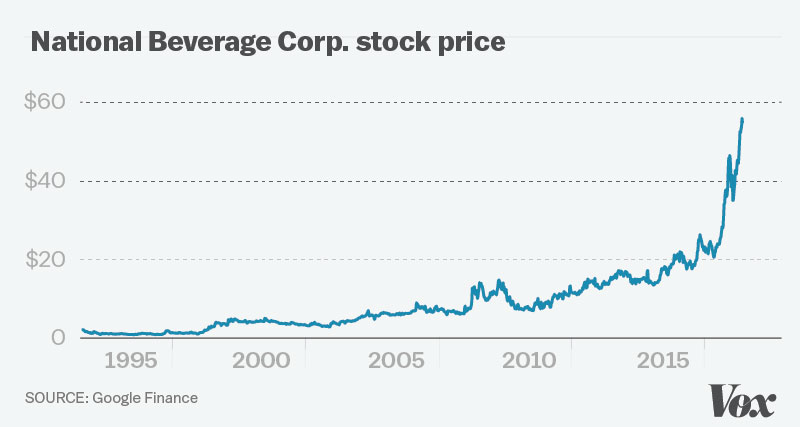
Since these towns are influential, LaCroix spread like wildfire to more and more supermarkets and even has regular cameo appearances in popular shows like HBO’s Silicon Valley.
LaCroix didn’t figure out, after 30+ years in business, how to create better ads. They learned to adopt new use cases. Then they created — or facilitated the creation of — content that resonates with consumer demand today.
Specific brands aside, bone broth is another consumer trend that couldn’t have been solved with advertising alone.
After all, bone broth has been the base of many soups for 100+ years. But, when health-conscious marketers started figuring out the benefits of bone broth as a standalone product, the industry exploded.
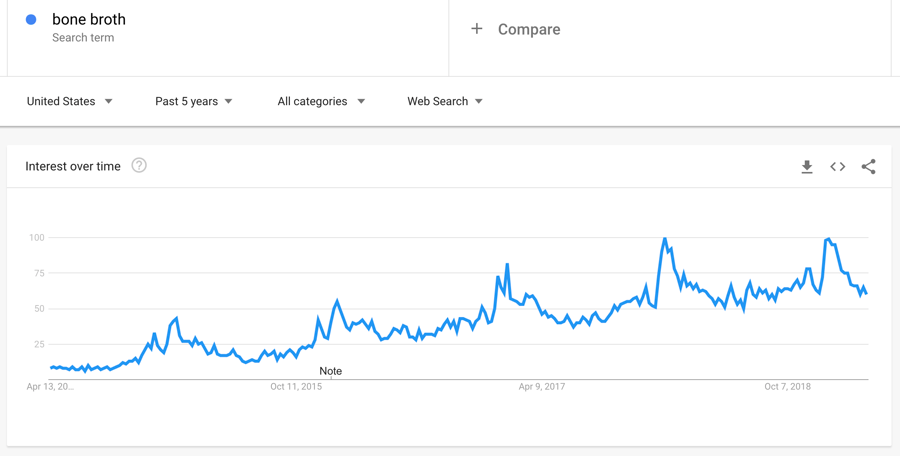
To be clear, the broth market is not a carve-out of soup demand. It’s a new market altogether and it was discovered, in large part, by content.
Advertising-only audiences are like a register. Each time you ‘ring’ it, the future value decreases. But, audiences that hear about your brand through referrals or search become a permission asset, and each additional interaction increases their value.
Brainstorming new use cases for your products with a permission asset is a free way to grow your business. Instead of competing with other advertisers for the same old demand, you’re creating new demand powered by growing markets that haven’t yet been identified in your favorite ad network drop-downs.
Summary
We all know content marketing and SEO can take time to “kick in,” so as you begin making these investments, be sure to also write material that will target the right people in the right buying context.
This will ensure your free content — that costs as little as $189 per piece to produce — will be as effective as your paid content, which costs much more and requires ongoing maintenance.
We hear 3dcart is a great choice for SEO-driven ecommerce, so if you’re already a customer, well played. If not, get started.


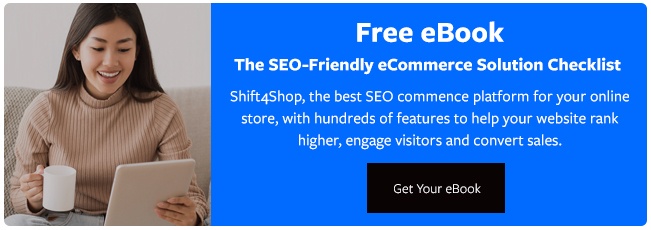


Leave a reply or comment below